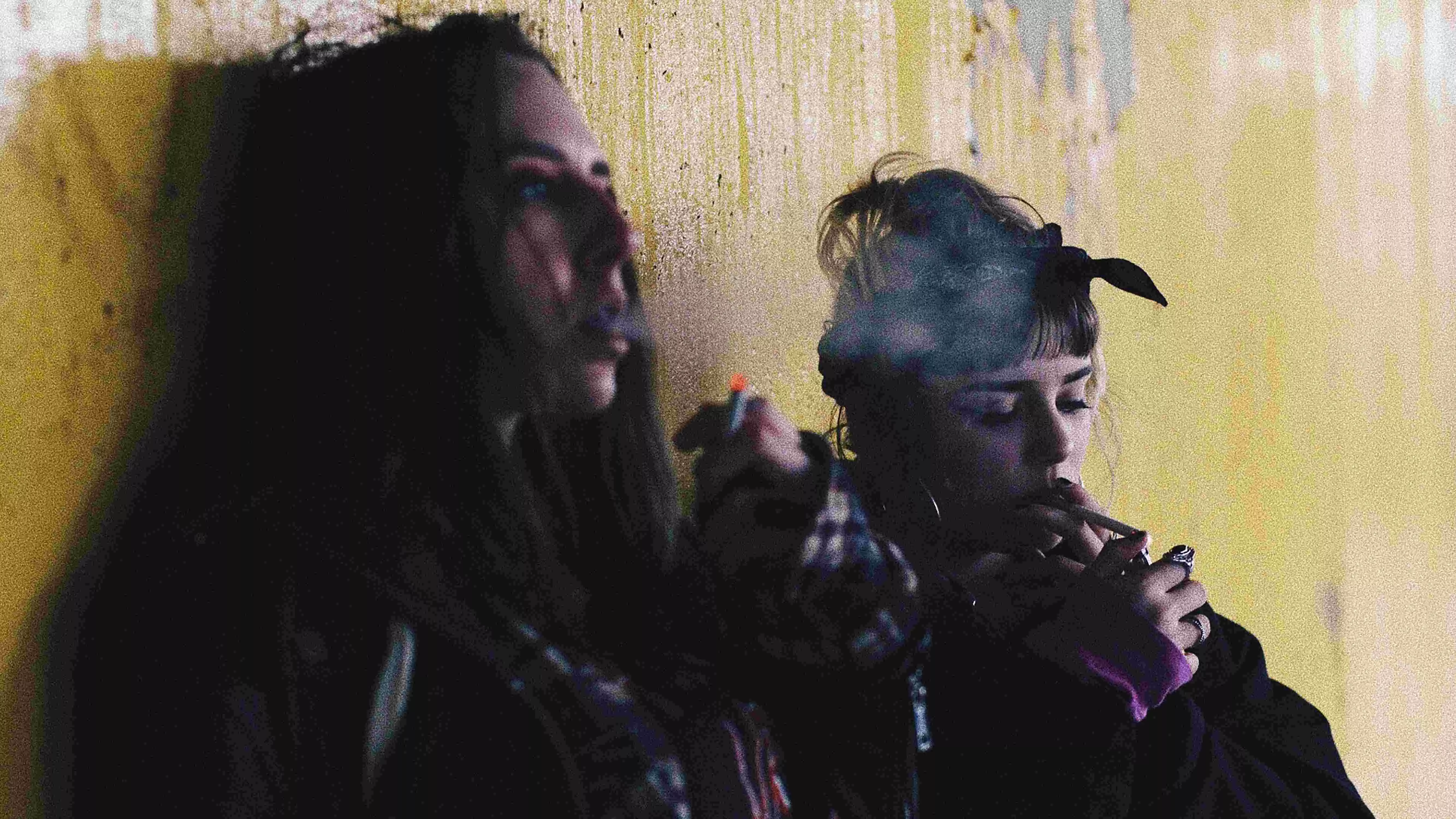Combating drug menace
The urgency for both demand- and supply-side interventions to shield the Indian population from influx of drug and narcotic substances is more pronounced than ever

A shocking number of Indians between 18 and 75 years of age — an estimated 22 crore — are using various types of drugs and psychotropic substances. Another 16 crore are regular consumers of alcohol. These figures have been presented in the Parliament in the just-concluded Monsoon Session on the basis of the report of a comprehensive nationwide survey conducted by the National Drug Dependence Treatment Centres (NDDTC), AIIMS, to gauge the magnitude of substance use in the country. But more concerning is the fact that the government has been spending less and less on preventing drug and alcohol abuse since 2021-22 till date. The budgetary allocations for the National Action Plan for Drug Demand Reduction (NAPDDR) has been consistently declining over these years, a parliamentary committee has pointed out.
The Standing Committee on Social Justice and Empowerment, in its 51st report on ‘Drug Abuse among Young Persons’, has expressed “shock” to note that “around 21,70,71,000 adults in the age group of 18-75 years have been estimated to be using various drugs and that about 16 crore persons consume alcohol in the country, thus raising the total figure to a staggering 37 crore and above.” The 31-member committee, headed by senior BJP Lok Sabha member Rama Devi, expressed “pain to find that opioids, sedatives and inhalants are being widely used by children aged 10-17 years and the worst affected States and Union Territories are Andhra Pradesh, Assam, Chhattisgarh, Gujarat, Haryana, Bihar, Jharkhand, Karnataka, Madhya Pradesh, Maharashtra, NCT of Delhi, Odisha, Punjab, Rajasthan, Telangana, Uttar Pradesh and West Bengal. The situation among adults aged 18-75 years is equally bad in these States.” The members of the panel stressed the need for urgently checking this trend of increased consumption of drugs among the people. They were aghast to note that 19 per cent of the Indian population was consuming alcohol, even when there was a complete ban on consumption of alcohol in some states.
In this backdrop, the parliamentary panel also noted that the budgetary allocation of Rs 260 crore each made for 2020-21 and 2021-22 was slashed to Rs 150 crore and Rs 200, respectively, at the revised estimate stage of the budget. To top it, even these reduced amounts were not spent fully under the NAPDDR. The Department of Social Justice and Empowerment was able to spend only Rs 90.93 crore and Rs 97.85 crore in 2021-22 and 2022-23, respectively, against the budgetary allocation of Rs 200 crore made for each of these years. The main reason was that the department, which carried out inspections of non-governmental organisations (NGOs) and voluntary organisations (VOs) to evaluate their performance regarding drug abuse control activities, found that several of them were not performing up to the mark and/or did not have the requisite capacity. Hence, the grants to these NGOs or VOs were slashed or fully cancelled. As a result, many of these NGOs and VOs, working at the grassroots level across the country, closed down.
The NDDTC-AIIMS survey also revealed that the number of drug users in states such as Punjab, Haryana, Delhi, Uttar Pradesh, Odisha, Chhattisgarh, Madhya Pradesh and Maharashtra was exorbitant. And in this context, the committee expressed distress and concern that there was a declining trend in the amounts sanctioned to the NGOs and VOs in these states, which was “very discouraging”. Noting that though cancelling funds disbursement to the non-performing NGOs was prudent, it suggested that a fast-track alternative mechanism should be in place so that the de-addiction and rehabilitation activities in these severely affected states are not hampered for want of suitable NGOs. It also recommended the establishment of a real-time on-ground monitoring mechanism in these states. In some of them, illegal poppy cultivation has been going on, which needs to be checked and stopped.
According to experts in the field, the most frequented routes for heroin and cocaine smuggling were being currently exploited by African traffickers. The origin of these narcotics and psychotropic items are countries like Ethiopia, Nigeria and Uganda. These drugs are generally routed via Middle Eastern countries like Dubai and Sharjah to India. These traffickers mostly smuggle in heroin and cocaine. Besides, they also traffick drugs by concealing them in the luggage of passengers, many of whom also swallow them in capsule form at their own risk. The traffickers from Nepal or Myanmar primarily smuggle ganja, hashish or opium into India through the porous borders, while those from Iran or Pakistan traffickers are found to be majorly involved in maritime trafficking through sea routes, these experts said.
The menace of addiction to drugs and psychotropic substances is spreading fast among adults, young adults and even children in India. With India being sandwiched between some of the largest drug producing countries, the drug menace here has to be curtailed both on demand side and supply side.
Views expressed are personal



